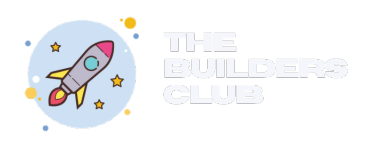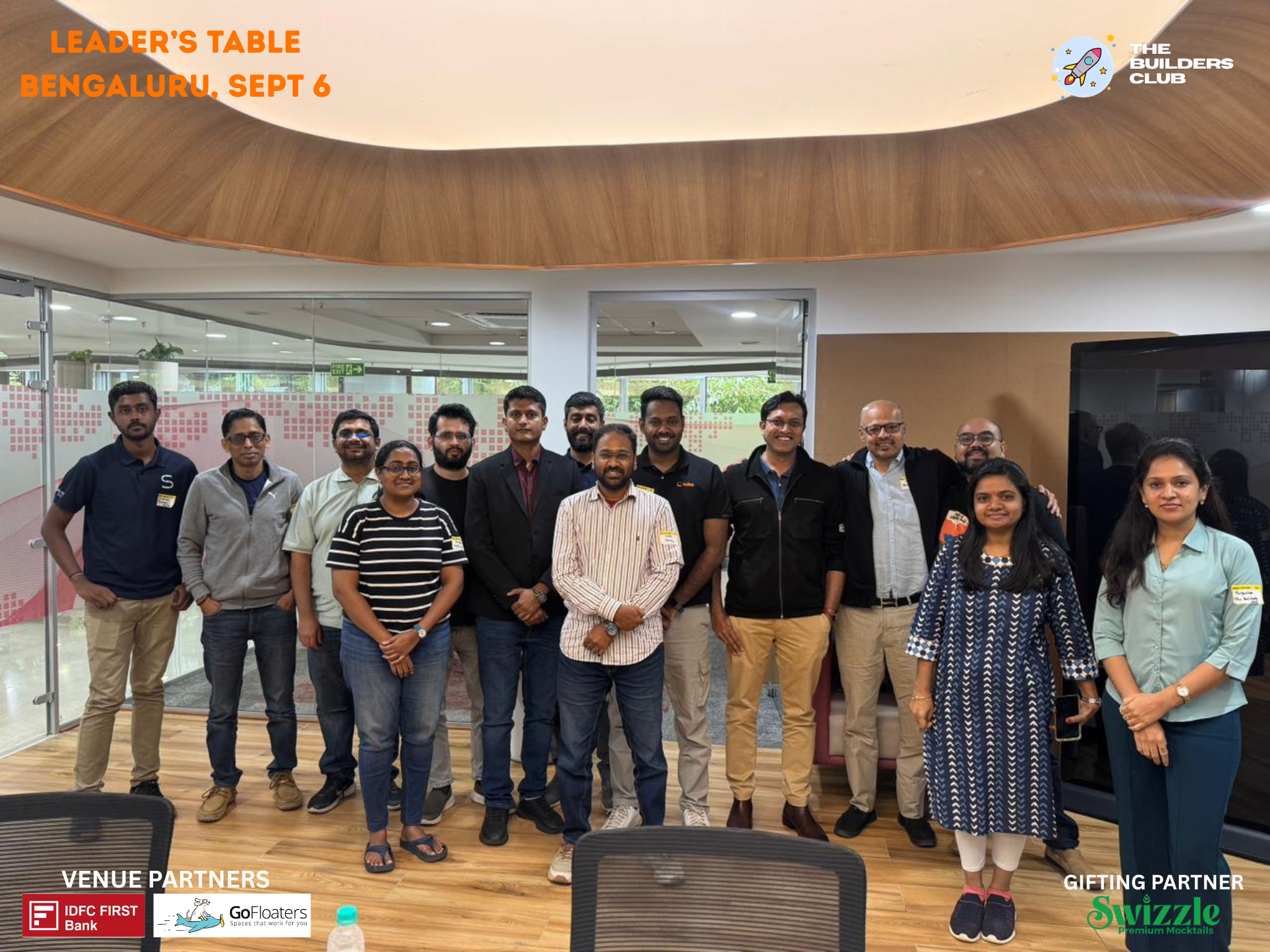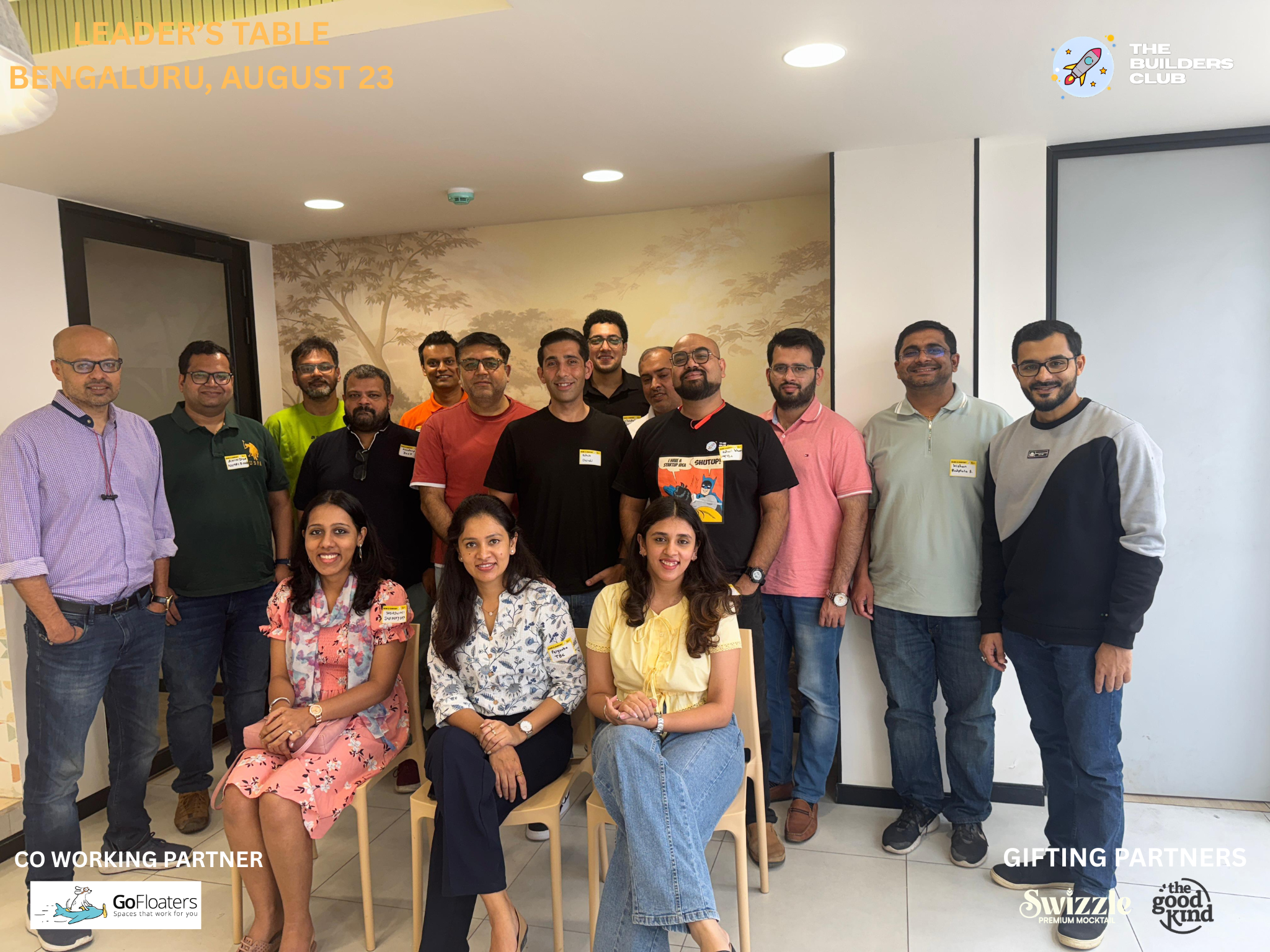Ruchin Kulkarni, Cofounder Toplyne : Understanding SaaS Startups, Sales and Strategy
Ruchin is a serial entrepreneur with over 15 years of experience in the SaaS industry. He has founded and co-founded several successful SaaS companies, including Toplyne, which he founded in 2017.
In this episode, we’ll discuss the evolution of SaaS go-to-market strategies, from sales-led to product-led growth. We’ll also cover how Toplyne helps SaaS companies identify their most valuable users and increase their conversion rates. Additionally, we’ll touch upon the current state of the venture capital market and the challenges faced by early-stage startups in raising capital.
Evolution of SaaS Go-to-Market Strategies:
- Sales-Led (Early 2000s):
- Focused on large enterprise deals, driven by sales teams, and centered around on-premise software.
- Question: How did SaaS companies transition from a sales-led to a product-led model?
- Response: Ruchin Kulkarni: “The transition was driven by a few factors, including the rise of cloud computing, the increasing availability of free and open-source software, and the changing expectations of customers. Customers are now more likely to do their own research and evaluate products before talking to a salesperson. This has made it more difficult for sales teams to reach potential customers and close deals.”
- Inbound Marketing (2010s):
- Shifted focus to mid-funnel, leveraging search engine optimization and content marketing to attract leads.
- Question: How did inbound marketing help SaaS companies scale their go-to-market efforts?
- Response: Ruchin Kulkarni: “Inbound marketing helped SaaS companies reach a wider audience and generate more leads. By creating valuable content, such as blog posts, webinars, and ebooks, SaaS companies could attract potential customers who were already interested in their products. This helped to reduce the cost of customer acquisition and improve the quality of leads.”
- Product-Led Growth (2020s):
- Emphasizes user experience and product virality, targeting individual users within organizations.
- Question: What are the key characteristics of product-led growth?
- Response: Ruchin Kulkarni: “The key characteristics of product-led growth are self-service, freemium models, focus on user experience, and virality and referral loops. Product-led growth companies focus on creating products that are easy to use and adopt, and they offer free or trial versions of their products to attract potential customers. They also encourage users to invite others to use the product, which helps to grow their user base.”
Key Characteristics of Product-Led Growth:
- Self-Serve: Minimal human intervention required for user onboarding.
- Freemium Model: Offers free access to basic features to attract users.
- Focus on User Experience: Prioritizes user-friendliness and ease of use.
- Virality and Referral Loops: Encourages users to invite others to use the product.
Toplyne’s Role in Product-Led Growth:
- Identifies High-Value Users: Analyzes user behavior data to predict which users are most likely to convert to paying customers.
- Optimizes Go-to-Market Strategy: Helps companies tailor their sales and marketing efforts to target specific user segments.
- Increases Conversion Rates: Improves the efficiency of converting free users into paying customers.
Challenges of Raising Capital in the Current Market:
- Increased Scrutiny: Investors are more cautious and demand stronger fundamentals from startups.
- Focus on Profitability: Emphasis on building sustainable businesses with healthy profit margins.
- Competition for Funding: Increased competition among startups for limited capital.
Advice for Founders:
- Focus on Fundamentals: Build a strong team, develop a differentiated product, and prioritize profitability.
- Adapt to Market Conditions: Be prepared to adjust your strategy based on changing market dynamics.
- Learn from Other Founders: Seek advice and mentorship from experienced entrepreneurs.





